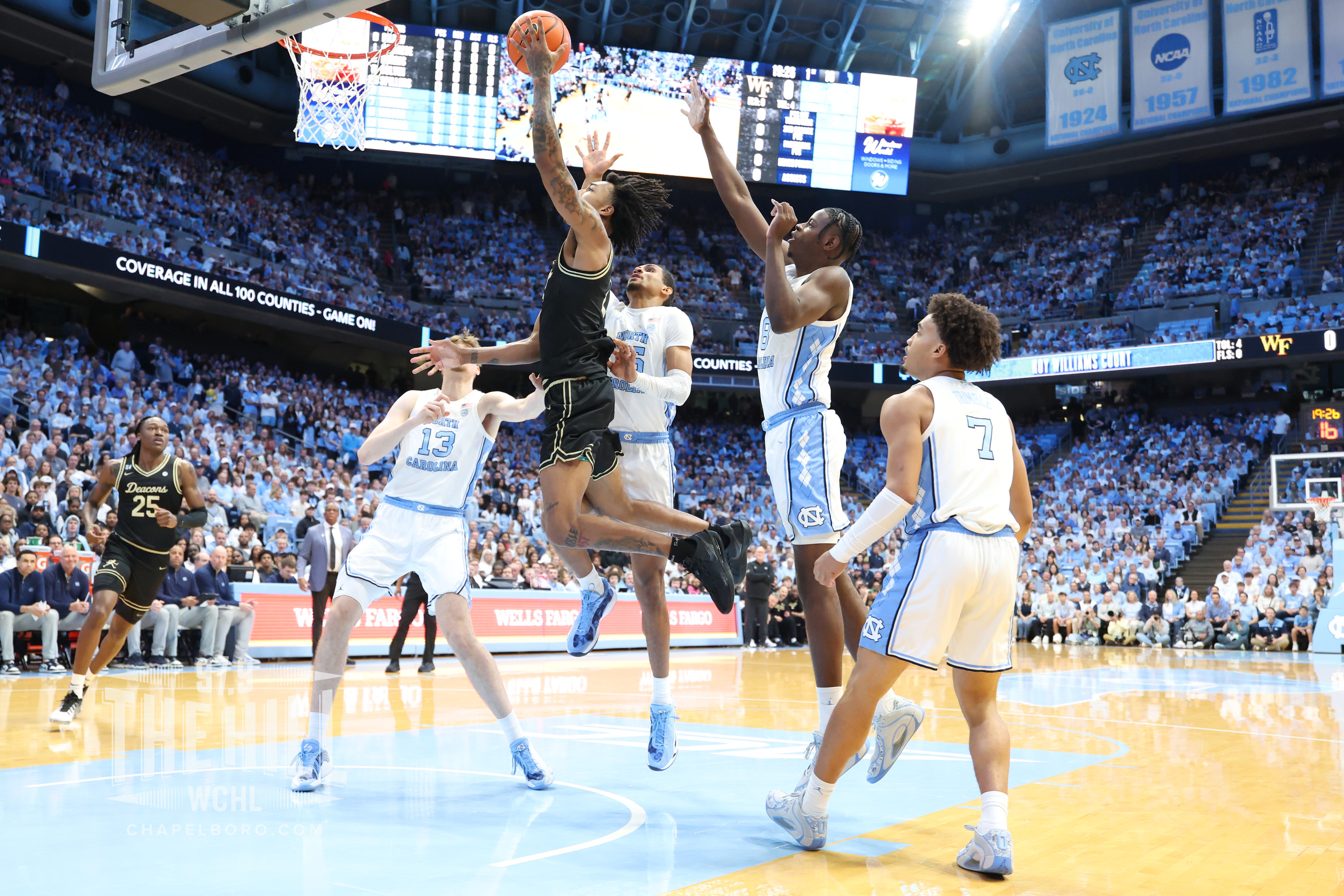Researchers at UNC have identified a circuit between two regions of the brain that controls binge drinking of alcohol.
“The puzzle is starting to come together, and is telling us more than we ever knew about before,” said Todd Thiele, who led the study.
The two brain areas, the extended amygdala and the ventral tegmental area, have been implicated in alcohol binge drinking in the past, but this is the first time they have been identified as a functional circuit.
The neutrons that connect the two areas create a substance called the corticotropin releasing factor
“We now know that two brain regions that modulate stress and reward are part of a functional circuit that controls binge drinking and adds to the idea that manipulating the CRF system is an avenue for treating it,” he said.
Thiele and his colleagues showed that when a person drinks, they activate the neurons in the CRF system becoem active in the extended amygdala and act on the ventral tegmental area.
This interaction promotes sustained drinking that becomes a binge.
“It’s very important that we continue to try to identify alternative targets for treating alcohol use disorders,” Thiele said. “If you can stop somebody from binge drinking, you might prevent them from ultimately becoming alcoholics. We know that people who binge drink, especially in their teenage years, are much more likely to become alcoholic-dependent later in life.”
Related Stories
‹

UNC Women's Basketball Falters in 2nd Half in Blowout Loss at Notre DameNotre Dame outscored UNC 40-23 in the second half to blow open a close game in South Bend Sunday afternoon and beat the Tar Heels 73-50. It’s Carolina’s second straight loss and its largest margin of defeat since the end of the 2023-24 season. UNC had hung tough for much of the first half, trailing […]

Several UNC Football Stars Will Return to Chapel Hill in 2026. Here's the Full List.In an era of unrestricted player movement in college football, teams are undergoing radical changes every offseason. Take UNC before the 2025 season, when the Tar Heels upended their roster and brought in 70 new players. This offseason, there is only one transfer portal window, between Jan. 2 and Jan. 16. More than two dozen […]

'It's More Than Just Wins': Tar Heels Speak on Dean Smith Center After Arena's 500th VictoryWhile UNC fans may not care to remember all of the Tar Heels’ 87-84 win against Wake Forest Saturday night – particularly the part where the Demon Deacons nearly erased a 15-point deficit in the second half – the game was historic for one reason: it was the 500th Carolina victory at the Dean Smith […]

UNC Men's Basketball Survives Late Rally, Beats Wake Forest for 500th Smith Center WinUNC nearly let a 15-point second-half lead slip away but held on by the skin of its teeth to defeat Wake Forest 87-84 at the Smith Center Saturday night. It’s the 500th win for the program at the Smith Center. HEELS WIN.#CarolinaFamily | @WellsFargo pic.twitter.com/ZjnOFvqowg — Carolina Basketball (@UNC_Basketball) January 11, 2026 UNC began the […]

Here's a List of Which Transfers Have Committed to UNC Football in 2026The college football transfer portal opened Friday, Jan. 2 and will close Friday, Jan. 16. Here’s a list of players who have committed to head coach Bill Belichick and UNC out of the portal so far, with their classes for the 2026 season: QB Billy Edwards, Jr. (Most recent school: Wisconsin, redshirt senior) Ranked 3rd […]

UNC Football Hiring Bobby Petrino as Offensive CoordinatorUNC is hiring Arkansas’ Bobby Petrino as its next offensive coordinator. Petrino will replace Freddie Kitchens, who was fired after his lone season calling plays in 2025. It’s official! Welcome to Chapel Hill, @CoachBPetrino! 🐏🏠 🔗: https://t.co/XOaBDLO617 pic.twitter.com/gjE8D8lv6O — Carolina Football (@UNCFootball) January 9, 2026 In a statement, UNC head coach Bill Belichick called Petrino […]

UNC Women's Basketball at Notre Dame (2026): How to Watch, Cord-Cutting Options and Tip-Off TimeThe Tar Heels will visit Notre Dame this weekend for a marquee ACC matchup. UNC is seeking its second straight win in South Bend after defeating the Irish in 2024. Broadcast Schedule Those hoping to listen on the radio can do so at 97.9 FM and 1360 AM, or by streaming the radio broadcast on chapelboro.com. 97.9 The […]

Chansky's Notebook: Going for 500History says UNC’s 500th win in the Smith Center won’t be easy against Wake, which has gone 3-3 in its last six games against Carolina.

UNC Men's Basketball Collaborates With Hargraves Students to Design Warm-Up ShirtsThe UNC men’s basketball team took another road trip Wednesday afternoon, though this one was closer to home than most. The Tar Heels visited the Hargraves Center in Chapel Hill’s Northside neighborhood for a collaboration with local after-school students. Third-through-fifth graders from around the Chapel Hill-Carrboro City Schools community gathered at tables in […]

College Football's Transfer Portal Is Open. Which Tar Heels Have Entered?The college football transfer portal opened Friday, Jan. 2 and will close at 11:59 p.m. on Friday, Jan. 16. It will be the only transfer portal window of the year for college football, as the NCAA moved to eliminate the spring transfer window earlier this year. Players do not have to have committed to and […]
›











